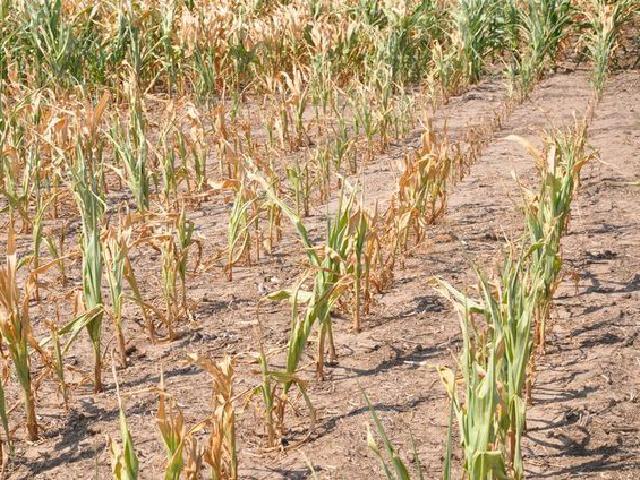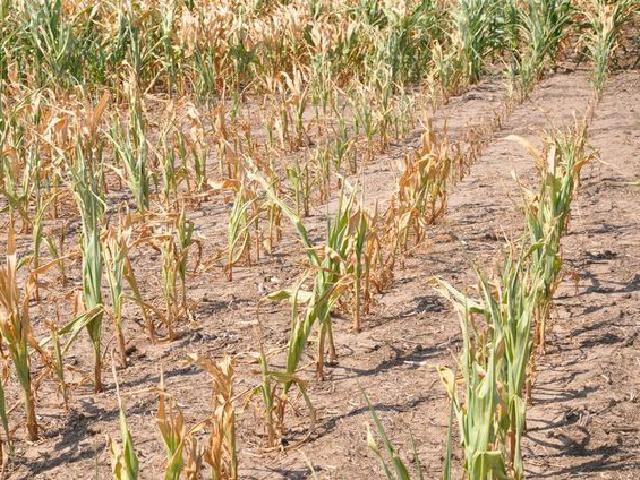Ag Policy Blog
A Few Details About USDA Emergency Drought Programs
Looking at some of the drought areas of the country and the impacts on livestock, here are a few details about eligibility for some USDA assistance in drought-impacted areas.
The U.S. Drought Monitor is key for triggering a lot of programs. The more severe the drought, the quicker eligibility kicks in for some of these programs.
LFP – Livestock Forage Disaster Program
Producers must have risk in eligible livestock and risk in eligible grazing lands. Livestock must be grazing animals and be owned, leased or contracted at least 60 days prior to the beginning date of a qualifying drought.
Feedlot animals are not eligible because LFP is a grazing lands program.
Producers must file an acreage report on grazing lands in which a loss is being claimed.
Given that a producer must have both livestock and grazing lands, a landowner who typically would lease their pasture is not eligible if the ground does not have livestock on it.
FSA encourages producers to apply now.
LFP is determined based any part of a county falling into the U.S. Drought Monitor in a D2 or higher drought intensity. A D2 severe drought for eight consecutive weeks can generate one month of payment. A D3 extreme drought or higher at any time in the county can generate at least three months of payments or more.
USDA fact sheet: https://www.fsa.usda.gov/…
ELAP – Emergency Assistance for Livestock, Honeybees and Farm-Raised Fish
P[L1] D[0x0] M[300x250] OOP[F] ADUNIT[] T[]
ELAP factors in additional mileage costs for transporting livestock feed or additional costs for moving livestock to feed. Water transportation can also generate a payment.
Similar to LFP, eligible livestock must be grazing livestock for commercial use, and must be owned, leased or under contract in some way to the producer 60 days prior to the beginning date of the drought or other adverse weather.
Producers must be transporting feed additional miles above what they would have normally occurred in a year. Reimbursement can be 60% of feed transportation costs. Underserved producers can receive up to 90%.
The payments fall for mileage ranges from 25 miles to up to 1,000 miles. The cost formula is $6.60 per mile, before the 60% percentage is applied, effectively $3.96 per mile. There is flexibility to factor in those miles roundtrip.
Producers self-certify but should retain receipts and records of that information.
Water must be transported to eligible livestock on eligible grazing land. Those livestock would also have had access to water normally without the disaster declaration.
Producers must file a notice of loss under ELAP with FSA within 30 days of an apparent loss. So producers who know they will face these additional transportation costs want to file a claim as soon as possible on those costs.
Drought criteria must be met in the county where the livestock are located. FSA does have different requirements for how it views the U.S. Drought Monitor for eligibility under ELAP compared to LFP.
CRP – Haying and Grazing
The Conservation Reserve Program offers some flexibility for emergency haying and grazing
All or part of a county is designated as a D2 severe drought during any time in the federal fiscal year. If there is another natural disaster in which 40% of forage production is lost, that can also open up emergency haying and grazing.
All counties in Nebraska and Kansas have met the CRP haying and grazing designation.
Still, CRP haying and grazing rules also change if a county is eligible for LFP. The acreage is reduced and more restrictions are added on eligible practices.
Producers must request and receive approval from FSA in writing before starting their haying and grazing.
Keep in mind, haying and grazing is not allowed in the primary nesting season, which varies from state to state. In Nebraska, for instance, the primary nesting season runs from May 1 to July 15.
EMERGENCY LOANS
FSA emergency loans have a lower interest rate than the typical FSA operating loan. The emergency loan has a maximum $500,000
To be eligible, a producer must have 30% loss in crop production, though FSA has criteria for calculating forage losses as well.
Producers are eligible for FSA emergency loans if they are unable to receive credit from commercial sources. The loans can be used to restore or replace essential equipment, pay production costs, or essential family living expenses or refinancing certain debts.
Any payments for LFP or ELAP would be deducted from any loan received by producers.
For specific questions and details, visit your local USDA Service Center. https://www.fsa.usda.gov/…
Chris Clayton can be reached at Chris.Clayton@dtn.com
Follow him on Twitter @ChrisClaytonDTN
(c) Copyright 2023 DTN, LLC. All rights reserved.






Comments
To comment, please Log In or Join our Community .